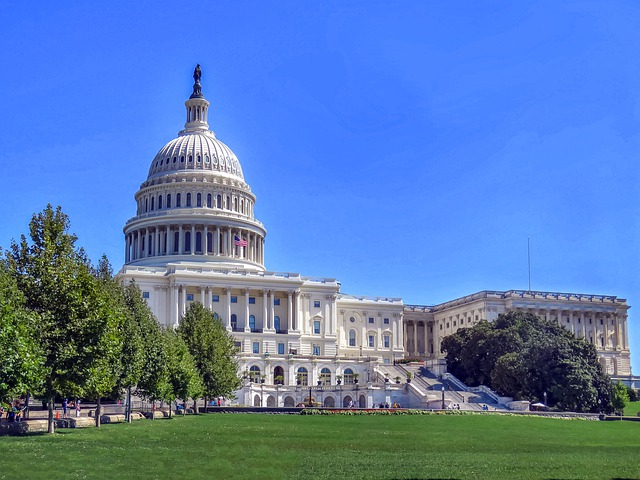
On September 30, 2023, the Governor’s Emergency Education Relief (GEER) Fund came to an end after two rounds of funding issued through the Coronavirus Aid, Relief, and Economic Security (CARES) Act and the Coronavirus Response and Relief Supplemental Act (CRRSA).
Each of the U.S. states took a different approach and implemented different strategies, but at the end of funding, only four (Hawaii, Idaho, Washington, and Wyoming) returned nothing back to the federal government.
What is the GEER Fund?
Governors were given great flexibility with how to use funding provided to their state from the federal government during the shutdowns forced by COVID-19 during 2020-2021. Congress passed three rounds of federal stimulus funds, and two out of those three included a block grant for governors to best decide who, how much, and what to fund related to the emergency in their state. Through both rounds of funding, the GEER fund received $4.3 billion for governors to spend at their discretion.
In a letter to governors, the U.S. Department of Education stated that, “This extraordinarily flexible emergency block grant empowers you to decide how best to meet the current needs of students, schools (including charter schools and non-public schools), postsecondary institutions, and other education-related organizations in your State so that faculty continue to teach and students continue to learn. My Department will not micromanage how you spend these funds, but I encourage you, at a time when so many school boards, superintendents, and institutions of higher education have had to close their brick and mortar campuses for the balance of the school year, to focus these resources on ensuring that all students continue to learn most likely through some form of remote learning.”
So What Happened?
As of the latest update to the U.S. Department of Education Transparency portal, as a country we collectively returned $420,284,192, which is approximately 10% of the total allocation to the fund.
Most states were able to spend down, but there were some especially high numbers in place such as Florida ($59m), Georgia ($27m), and Arizona ($23m). These numbers are not yet finalized, but paint a good picture of what was returned. By comparison, under the stimulus funds in 2009 (the American Recovery and Reinvestment Act - ARRA) the U.S. Department of Education returned $6.3b dollars, the second highest amount of the other federal agencies.
Oklahoma
As previously mentioned, these numbers are not final. For example, after I went through and added up the totals for each state, I saw that Oklahoma had spent nothing out of GEER II. This was strange, so I started investigating. It turns out that Oklahoma had hundreds of thousands of the GEER I fund flagged for a federal audit. The state then required the office of Management and Enterprise Services to oversee the allocation of the GEER II funds.
It was just announced on October 23 (almost a month after the deadline) that Governor Stitt allocated $18m for several different projects, and the recipients have until January 31 to spend funds. This would leave Oklahoma with only $1.9m to return instead of $19m.
What Does This Mean Going Forward?
As GEER funds end and others continue, it is important to think about remaining federal funds in your district. The more stimulus funding returned back to the federal government, the more likely cuts will be made to formula funding in the coming years.
Additionally, states may be pulling back monetary assistance in the potential likelihood of a recession happening after the federal funds expire. Governors had the opportunity to determine ways to support districts with the GEER fund, and many left significant amounts of funding on the table.
We must strategically, thoughtfully, and efficiently spend the last round of ESSER dollars, otherwise it’s more than a fiscal cliff, it turns into a use-it-or-lose situation with long-term implications -- it’s likely further cuts from state budgets in the very near future.







